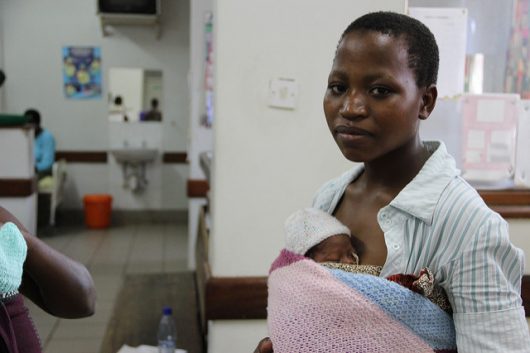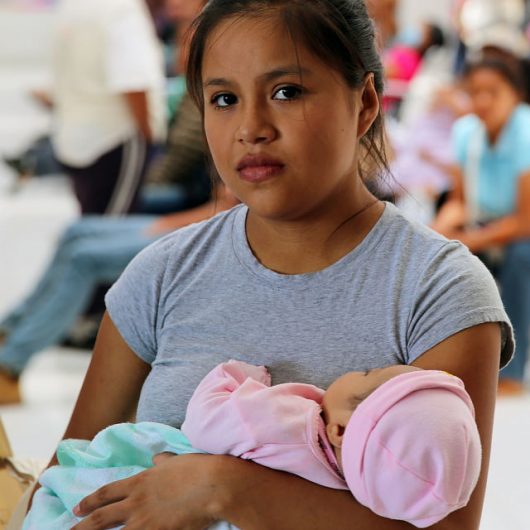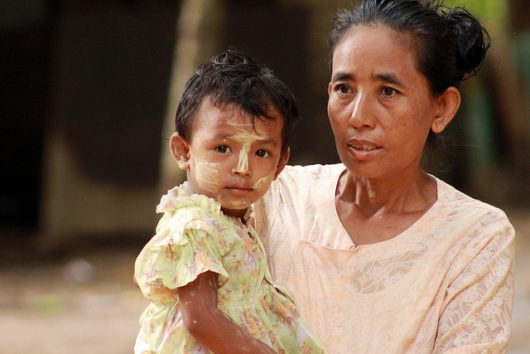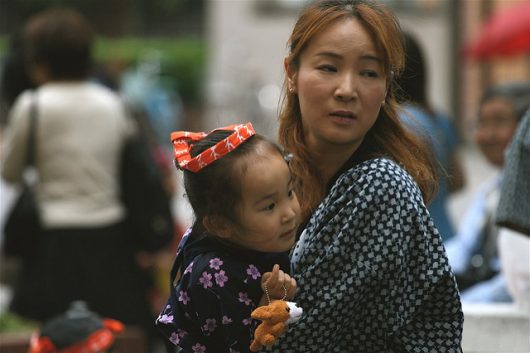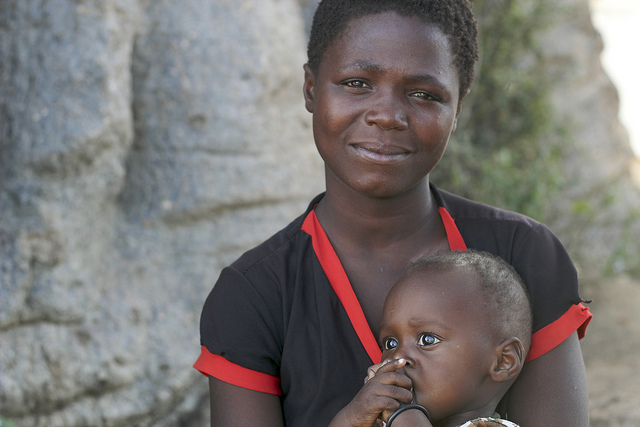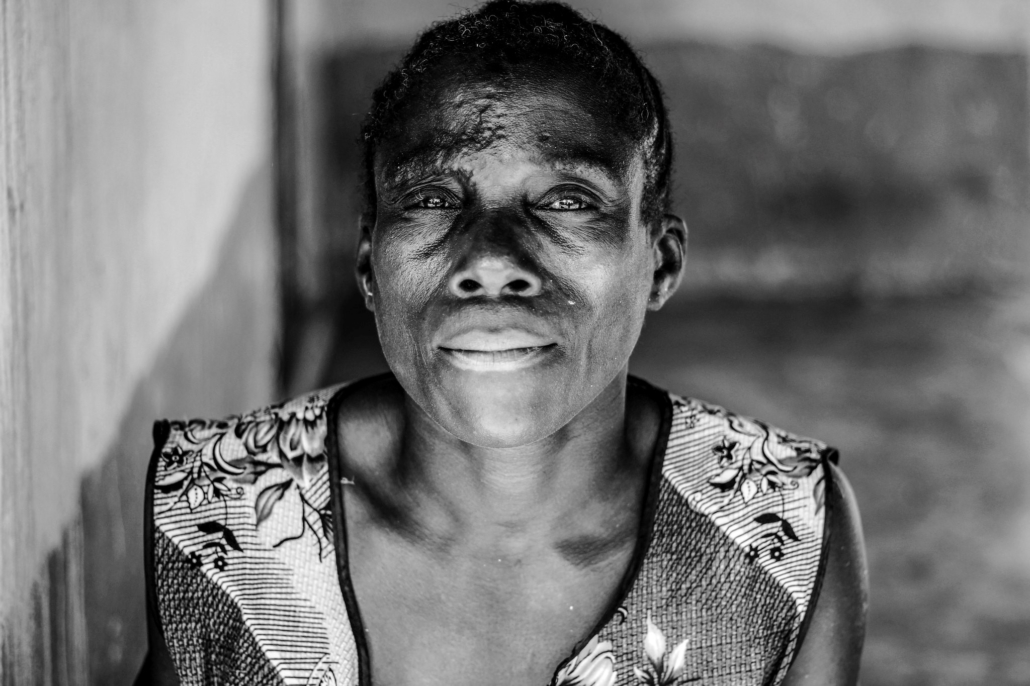
Today, approximately 36.9 million people are living with HIV globally and 25 percent of that number do not even know their status. Of those millions, HIV infects about 1,000 young girls and women each day and accounts for 74 percent of new HIV infections among adolescents in sub-Saharan Africa. HIV/AIDS continues to be at the forefront of global public health issues in the world today and appears to be most prevalent in low and middle-income countries. However, the organization DREAMS fights against AIDS and initiatives like the United States President’s Emergency Plan for AIDS Relief (PEPFAR) is helping it accomplish its goals.
What is PEPFAR?
PEPFAR emerged in 2003 and has received strong support ever since, resulting in the United States becoming a global leader in the response to the HIV/AIDS epidemic and PEPFAR being a model for development programs around the world. PEPFAR has helped transform the response to HIV/AIDS by working with over 50 countries, as well as causing a significant decline in new HIV diagnoses among young girls and women through the DREAMS partnership.
The DREAMS Partnership
DREAMS is a public-private partnership between PEPFAR, the Bill and Melinda Gates Foundation, Girl Effect, Johnson & Johnson, Gilead Sciences and ViiV Healthcare to implement an ambitious HIV/AIDS reduction program. This initiative launched in 2014 on World AIDS Day and targets 10 African countries in which 65 percent have extremely high HIV rates, especially among young girls and women. This movement aims to support affected women, as well as prevent any further spreading of HIV/AIDS. It has resulted in the integration of DREAMS activities into the plans of the involved countries.
The DREAMS Impact
The DREAMS organization fights against AIDS in 10 countries including Kenya, Lesotho, Malawi, Mozambique, South Africa, Swaziland, Tanzania, Uganda, Zambia and Zimbabwe. These countries’ populations account for more than half of all new HIV infections that occurred in young girls and women globally in 2015.
DREAMS’ plan consists of multiple solutions surrounding the main problem of the HIV/AIDS epidemic in the world. It delivers a package that combines evidence-based approaches addressing structural drivers that directly and indirectly increase the risk of HIV in girls, such as poverty, gender inequality, sexual violence and a lack of education. More specifically, this comprehensive package of interventions has four focus groups including educating girls and young women through a range of activities to prevent their risk of HIV and violence, targeting men and boys within the community for treatments, strengthening families through social protection programs and the implementation of parenting programs related to adolescent HIV risk and shifting norms to mobilize communities and change to prevent violence and the further spread of HIV/AIDS.
Currently, 80 percent of young girls and women ranging from 15 to 24 years old and living with HIV are in sub-Saharan Africa. By the end of 2016, new HIV incident recordings in young girls and women decreased by 25 percent in the hardest-hit countries and further reduced by 40 percent by the end of 2017.
The DREAMS Innovation Challenge
While DREAMS has made significant progress since its formation, HIV/AIDS is still infecting an alarming number of young girls and women every day. Fifty-five organizations won the DREAMS Innovation Challenge and are now implementing solutions in six main focus areas such as strengthening leadership and capacity of community-based organizations (such as nonprofit or grassroots organizations) to support the expansion of intervention, ensuring girls’ access and smooth transition into secondary school, creating new methods to engage men in HIV testing and counseling and treatments, supporting pre-exposure interventions, providing employment opportunities to young women to decrease their risk of exposure to HIV and increasing the availability and use of data to inform, increasing impact and further producing innovative solutions.
Selected solutions resulting from this challenge were those that introduced new innovations in the 10 countries where DREAMS fights against AIDS. It also offers sustainable, long-lasting solutions and countries can implement them rapidly within two years. More than 60 percent of the challenge winners are small, community-based organizations that not only received funding but also became new PEPFAR partners.
Continuing on its innovative path to preventing and reducing the spread of HIV/AIDS, PEPFAR recently announced its investment of nearly $2 billion to empower and support women and girls, with it channeling nearly $200 million through the DREAMS partnership. This will allow more girls to avoid contracting HIV at birth, keep more adolescents HIV free and support vulnerable women and children while treating HIV positive women. Additionally, the partnership has recently grown to provide more than $800 million to 15 African and Caribbean countries since its founding in 2015. PEPFAR has helped 2.4 million babies to be born HIV free from HIV-positive mothers and has saved about 17 million lives through its efforts as DREAMS fights against AIDS. Thankfully, this organization shows no sign of slowing down in the fight against HIV/AIDS for young girls and women around the world.
– Adya Khosla
Photo: Flickr
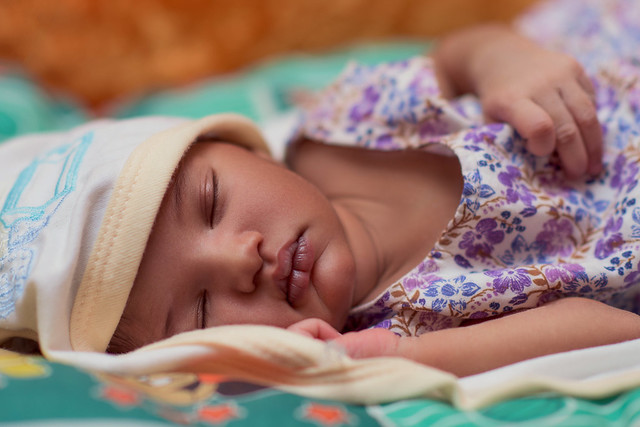 Over the past 10 years, infant mortality in Nepal has decreased. The number of infants dying before they reach age one has been
Over the past 10 years, infant mortality in Nepal has decreased. The number of infants dying before they reach age one has been  Over 600 million people struggle to access clean water for drinking and sanitation worldwide. While for many this is a communal problem, the burden of finding and collecting water often falls onto women. In developing nations, gender inequality becomes apparent when observing water management within communities. Women are responsible for this vital resource, yet often excluded from larger water management decisions. Engaging women in community water management solutions empowers them and establishes greater equity in developing communities.
Over 600 million people struggle to access clean water for drinking and sanitation worldwide. While for many this is a communal problem, the burden of finding and collecting water often falls onto women. In developing nations, gender inequality becomes apparent when observing water management within communities. Women are responsible for this vital resource, yet often excluded from larger water management decisions. Engaging women in community water management solutions empowers them and establishes greater equity in developing communities.
